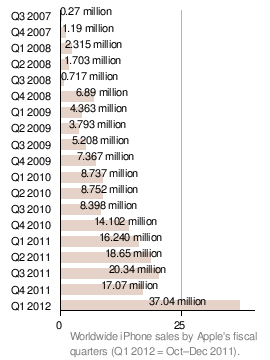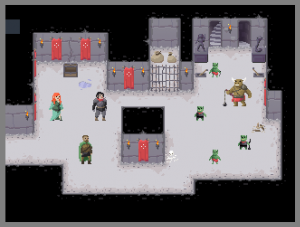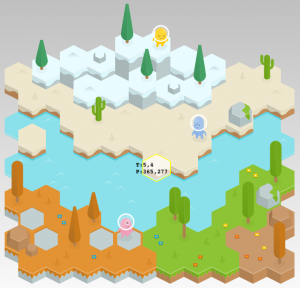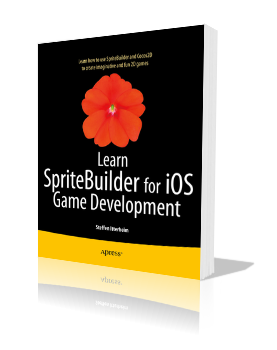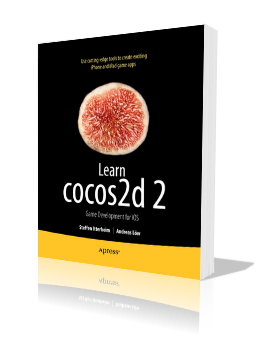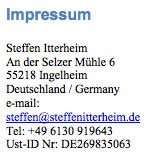Easter surprise: Learn Cocos2D (the Book) is going to have a 3rd edition! To be released around August 2012 it will be updated to cocos2d 2.0, compatible with Kobold2D and the source code uses ARC throughout.
I apologize for this episode being 50% shorter due to Easter holidays.
• Learn Cocos2D (the Book) v3
o cocos2d v2.0
o Kobold2D compatible
o 100% ARC and Blocks explained
• iDevBlogADay: Enable ARC in a Cocos2D Project
o Coming Soon: Cocos2D with ARC Video Tutorial
• NameChanger, free renaming tool
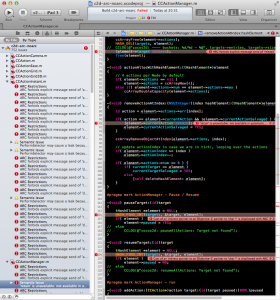 While Cocos2D is compatible with ARC, simply enabling ARC in the project’s Build Setting will throw several hundreds of errors in your face. Cocos2D doesn’t provide ARC-enabled project templates. Thus this tutorial about how to enable ARC in a newly created Cocos2D Xcode Project.
While Cocos2D is compatible with ARC, simply enabling ARC in the project’s Build Setting will throw several hundreds of errors in your face. Cocos2D doesn’t provide ARC-enabled project templates. Thus this tutorial about how to enable ARC in a newly created Cocos2D Xcode Project.
While none of these steps are overly difficult, you’ll notice there’s plenty of steps to perform. Unavoidably, and on the off chance you don’t already know, I’d like to recommend Kobold2D to you if you want to write ARC enabled Cocos2D apps. Because none of the steps below, really zero, zilch, nada, niente, keine are necessary to enable ARC in Kobold2D. That’s because it ships with 15 template projects all of which have ARC enabled out of the box. And Kobold2D 2.0 with cocos2d-iphone 2.0 is just around the corner.
Self-advertisment aside, these steps are tested with cocos2d-iphone v2.0 but should also work with cocos2d-iphone v1.1 - but admittedly I haven’t tested the process with the v1.1 version. If you find anything that’s not quite working with v1.1 please leave a comment. Preferably with the solution, that’ll be awesome!
UPDATE: I released a video version of this tutorial: Continue reading »
I bought a Korg Kaossilator (more info on Wikipedia) and show what the device can do for you, music- and/or noise-wise.
I also explain the Q1 2012 iOS Device Sales statistics, the newly released Kobold2D v1.1 and v2.0 progress, and finally I got a surprise present: Mountain Lion. Not what you think, though.
• Korg Kaossilator
o Examples
• Kobold2D 1.1 released
o Kobold2D 2.0: orientation issues delaying release
• iDevBlogADay: iOS Device Sales Statistics Q1 2012
• 10 Golden Rules for Donate Buttons
o Mountain Lion gift
I was very surprised when I found a yellow bubble-wrap envelope on my doorstep this morning. I did not expect a delivery, and particularly not one that was posted in Plattsburgh, NY.
Neither size and shape seemed familiar to anything that I might be expecting. Although I was hoping for a second that it would be my iPad 3, Apple certainly wouldn’t send a high-valued electronic device in an envelope.
I dismissed those thoughts and took a peek inside. This is the item that I unwrapped:
With Apple’s blazing Q1 2012 quarterly results, which sees iPhone sales double (!) that of the previous Q4 2011 and last year’s Q1 quarter, it’s time to update my iOS Device sales statistics from July 2011.
Apple’s Quarterly Results Reports have one big flaw for those interested in per-device numbers: Apple only mentions how many iPhones, iPods and iPads they have sold in each quarter, but this includes all models. So you have to exclude the discontinued models as well as somehow determine (if only by guesstimating) how many iPod touch vs regular iPods, or how many iPhone 3G vs iPhone 3GS have been sold in that quarter.
I took the publicly available numbers and then used a reasonable guesstimate to split the device sales of two combined models in order to get a reasonably accurate estimate. I mainly wanted to determine how the gap is widening between the OpenGL ES 1.1 and OpenGL ES 2.0 models. This is particularly interesting for Cocos2D developers who may be wondering if it’s save to upgrade to Cocos2D 2.x or whether it’s still worthwhile to stick with Cocos2D v1.x to be able to deploy even to 1st and 2nd generation iOS devices. Continue reading »
A presentation about KoboldScript with a demonstration of a Tic Tac Toe game with Scene changes and transitions. You’ll see more KoboldScript code and learn more about its key concepts in this episode.
Episode #7 - Tic Tac To Lua
• KoboldScript Demo #2
o Tic Tac Toe
o Presentation
• iDevBlogADay: Donations
• Angry Ninjas Starterkit
 So you have this website going or some source code on github, and like to earn a few bucks. Donations, right? Hold on, there are a couple things you should consider before you add that Donate button!
So you have this website going or some source code on github, and like to earn a few bucks. Donations, right? Hold on, there are a couple things you should consider before you add that Donate button!
UPDATE: If you prefer a concise, to the point summary of this post, you should read the follow-up post The 10 Golden Rules for a Donate Button.
In case you haven’t noticed, you won’t find a Donate button here or on my other websites. It may seem strange that the guy who never had a donation button of all people should write a guide to the donation button.
I consciously decided against having a donation button. You’ll find a number of reasons in this post, and maybe at the end of it you come to agree with me that Donate buttons are over-used, and the more developers offer them the fewer donations reach those developers who actually need and/or deserve donations the most.
I also wrote this as guidance particularly for individual indie or open source developers who are accepting donations or considering to do so, because donating to an individual is fundamentally different than donating to a (charitable) organisation or a software project (team) as a whole. You will also get some ideas on how you can improve your donation acceptance rate and which alternatives for voluntary compensation and appreciation exist.
Rule Number 1: Be a charity or a business. Never both!
I sell commercial products, both my own and third party products for which I receive a commission fee for each sale. I am self-employed, I make my living from those products and a few select contract jobs for people I know personally. It is fair to say that I’m running a business.
For me the question of whether I should ask for donations boils down to this: should a business be asking for and accepting donations? Continue reading »




